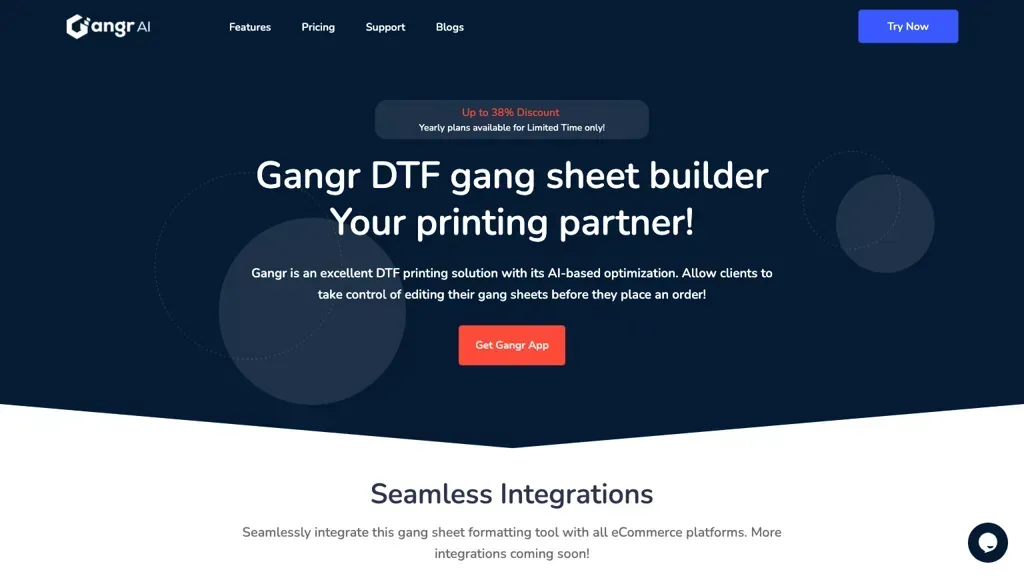DTF printing optimization is essential for businesses looking to excel in the dynamic world of custom apparel and print production. As the popularity of Direct-to-Film (DTF) printing continues to surge, optimizing this innovative printing process becomes crucial for achieving high-quality outputs while maximizing printing efficiency. By understanding the intricacies of the DTF transfer workflow, companies can adopt best practices that enhance productivity and reduce costs. Throughout this guide, we will uncover strategies to refine your DTF printing processes, focusing on workflow improvements and the proper selection of materials to drive results. Embracing DTF printing optimization not only elevates print quality but also positions your business for sustainable growth in a competitive marketplace.
When it comes to enhancing your Direct-to-Film printing efficiency, understanding how to improve your printing methodology is vital. This approach, often referred to as fine-tuning the DTF transfer process, incorporates a variety of innovative techniques and equipment adjustments aimed at elevating overall print performance. As businesses face the growing demand for custom designs, maximizing productivity becomes paramount. Techniques to optimize your workflow and the careful selection of inks and films can greatly influence both the speed and quality of your output. Discovering the best practices for your printing operation can truly transform how you deliver exceptional results in the custom printing industry.
Understanding DTF Printing Efficiency
Efficiency in Direct-to-Film (DTF) printing is crucial for businesses striving to meet growing demand while maintaining quality. DTF printing allows for rapid curing and application of designs onto various fabrics, making it a go-to method for custom apparel. However, true efficiency goes beyond merely blending inks; it involves a comprehensive understanding of the DTF printing process, where every step from design to transfer plays a significant role.
Boosting efficiency begins with optimizing the DTF transfer workflow. Identifying bottlenecks in your process—a common issue for many shops—can illuminate areas needing improvement. For instance, if prints are consistently coming out under par due to equipment limitations, assessing your machines for updates or replacements might be key to enhancing overall efficiency.
Frequently Asked Questions
What are the best practices for optimizing the DTF printing process?
To optimize the DTF printing process, focus on workflow optimization by assessing your equipment, using high-quality materials, and establishing efficient procedures. Regular training for staff and maintenance of printers also enhance overall productivity.
How can adjusting printer settings improve DTF printing efficiency?
Adjusting printer settings, such as setting optimal resolution (1440×720 dpi) and managing ink density, can significantly boost DTF printing efficiency. Proper configurations reduce ink consumption and maintain quality while speeding up the printing process.
What equipment upgrades can enhance DTF printing efficiency?
Investing in automated heat press systems and advanced DTF printer models can significantly enhance efficiency. These upgrades can increase production speed and improve print quality, resulting in higher output.
How does color management impact DTF printing optimization?
Effective color management is crucial for optimizing DTF printing as it ensures that the final prints meet client expectations. Implementing color calibration can drastically improve print quality and customer satisfaction.
What role do materials play in optimizing DTF printing?
The choice of high-quality transfer films and inks is essential for optimizing DTF printing efficiency. Quality materials lead to better transfer results, reducing the need for reprints and ultimately enhancing productivity.
How can I train my staff to optimize DTF printing workflows?
Regular training on DTF printing techniques and equipment ensures that your team operates efficiently, troubleshoots effectively, and adopts new technologies. This training is vital for maintaining a competitive edge in the printing industry.
| Key Point | Details |
|---|---|
| Workflow Optimization | Streamlining processes, assessing equipment, using proper materials, and establishing systematic procedures. |
| Printer Settings | Setting optimal resolution, adjusting ink density for quality and efficiency. |
| Equipment Upgrades | Investing in automated heat press systems and high-precision printers to boost efficiency. |
| Balancing Speed and Quality | Maintaining high-quality materials while optimizing printer configurations. |
| Comprehensive Tips | Regular equipment maintenance, understanding color management, and encouraging experimentation. |
Summary
DTF printing optimization is essential for businesses looking to enhance their efficiency and productivity in the competitive custom printing market. By understanding and applying key strategies such as optimizing workflows, fine-tuning printer settings, investing in advanced equipment, and balancing speed with quality, print businesses can not only increase their output but also maintain the high standards expected by clients. These methods, including routine maintenance and color management, play a critical role in ensuring operational effectiveness and meeting the rising demand for high-quality customized apparel. Embracing these practices will enable your DTF printing process to flourish, allowing you to stay ahead in this dynamic industry.

